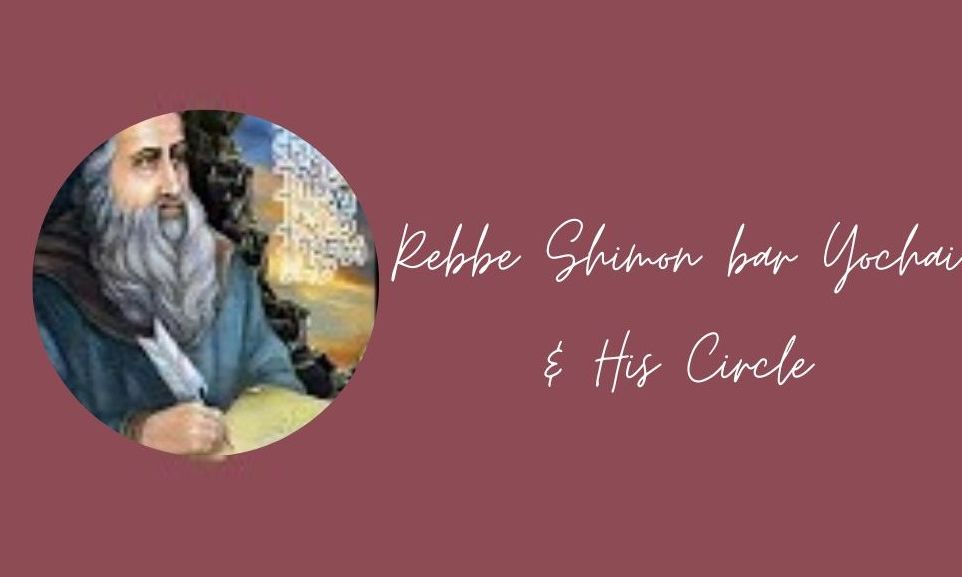
Rebbe Shimon bar Yochai and His Circle
Although Rabbi Shimon is best known as the author of the Zohar, he also holds an important place in the revealed aspects of Torah, the Talmud and associated work…

 Rabbi Shimon bar Yochai, often referred to simply as Rashbi (an acronym taken from the initials Rabbi Shimon bar Yochai), was one of the great Tannaitic sages who lived during the era of Roman persecution (2nd century CE). He was one of the foremost students of Rabbi Akiva, who had said to him, “It is enough that I and your Creator know of your powers.” Rabbi Shimon was one of the teachers of Rabbi Yehuda HaNassi, the revered compiler of the six orders of the Mishna.
Rabbi Shimon bar Yochai, often referred to simply as Rashbi (an acronym taken from the initials Rabbi Shimon bar Yochai), was one of the great Tannaitic sages who lived during the era of Roman persecution (2nd century CE). He was one of the foremost students of Rabbi Akiva, who had said to him, “It is enough that I and your Creator know of your powers.” Rabbi Shimon was one of the teachers of Rabbi Yehuda HaNassi, the revered compiler of the six orders of the Mishna.
Rabbi Shimon was well-versed in miracles, and was therefore sent by the leaders of the Jewish people to Rome to attempt have the ban on Jewish observance officially lifted by the emperor (Antoninus Pius). The Talmud relates that the daughter of the emperor was possessed by a demon, which Rabbi Shimon exorcised. Subsequently, the ban was abrogated. However, around the year 3909 (149 CE) Rabbi Shimon himself was forced to flee from the Roman authorities. An acquaintance of his had privately praised the Romans for initiating and organizing aspects of commercial and social life in Israel. Rabbi Shimon countered that they had done so merely out of self-interest. Word of this discussion reached the Roman authorities, who declared that Rabbi Shimon be put to death. He and his son Rabbi Elazar fled, hiding in a cave for thirteen years, where they studied Torah day and night. Miraculously, they were sustained by the fruit of a carob tree and water from a spring until the emperor died and their sentence was annulled.
Rabbi Shimon is mentioned in every chapter in the Talmud
During his stay in the cave, Rabbi Shimon apparently wrote the main body of the Zohar, described as “the First Mishna.” One of his foremost disciples, Rabbi Aba, recorded the bulk of his teachings, as mentioned in the Zohar itself. Many of his teachings were passed on orally to his close associates and disciples, called the chevraya, and to their disciples, and they committed some of his teachings to writing, probably over a period of several generations. Among the chevraya were Rabbi Shimon’s son, R. Elazar; his scribe R. Aba; R. Yehuda; R. Yossi ben Yaakov; R. Yitzchak; R. Chizkiya; R. Chiya; R. Yossi; and R. Yaakov bar Idi.
Although Rabbi Shimon is best known as the author of the Zohar, he also holds an important place in the revealed aspects of Torah, the Talmud and associated works. Even when the halachic ruling is not according to his opinion, the Talmud declares, “[The opinion of] Rabbi Shimon can be relied upon in a predicament.”
Moreover, Rabbi Shimon’s views were so well known by the Sages that when the Talmud attributes a statement to Rabbi Shimon without identifying which Rabbi Shimon is being referred to, it always refers to Rabbi Shimon bar Yochai. Unless explicitly stated otherwise, Rabbi Shimon is the author of all statements in Sifri (a Midrash on Halacha), and the author of Mechilta d’Rashbi. Furthermore, Rabbi Shimon has the unique distinction of being mentioned in every chapter in the Talmud.
***
Reprinted with kind permission of www.kabbalaonline.org. Rabbi Moshe Miller, a guest teacher at Ascent when he lived in Israel, was born in South Africa and received his yeshiva education in Israel and America. He is a prolific author and translator, with some twenty books to his name on a wide variety of topics, including a new, authoritative, annotated translation of the Zohar. He currently lives in Chicago.


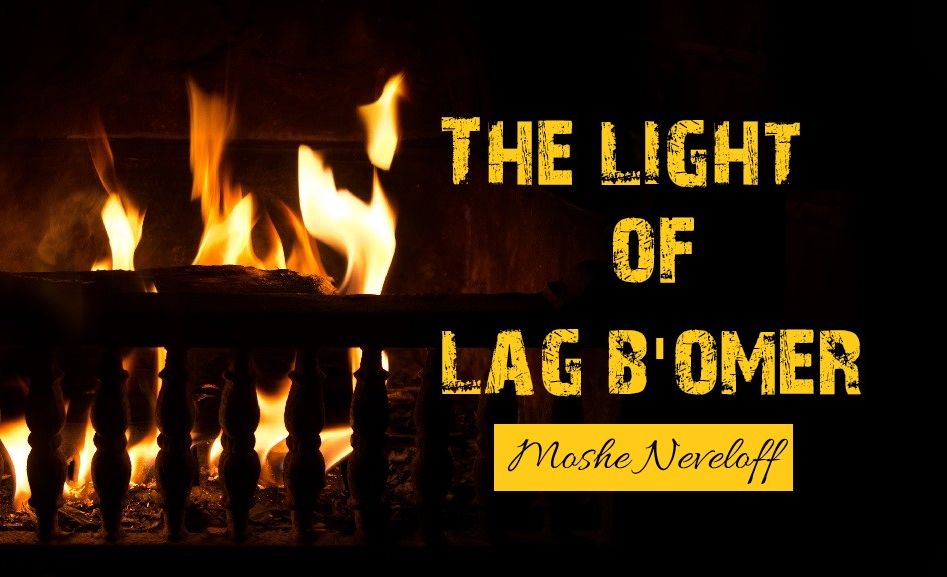
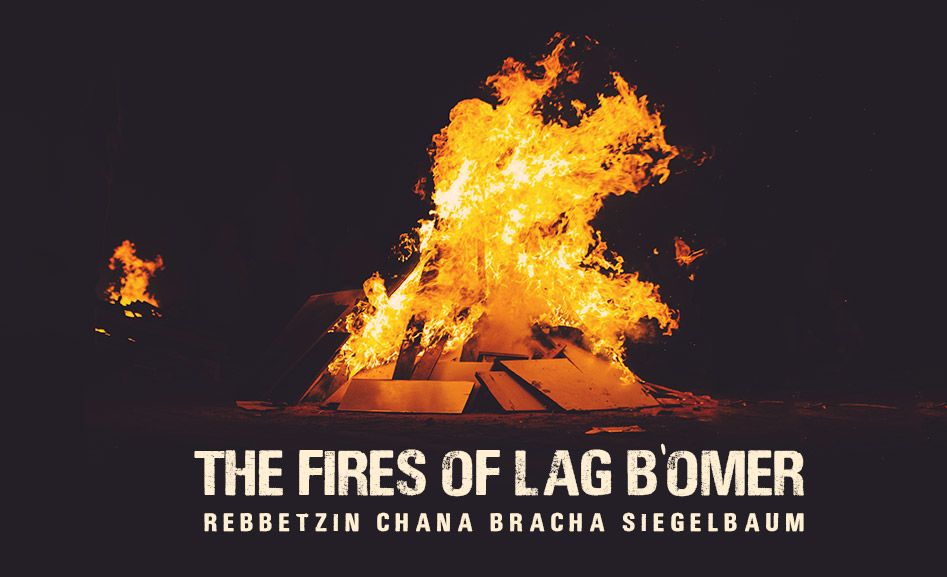
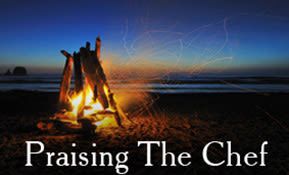
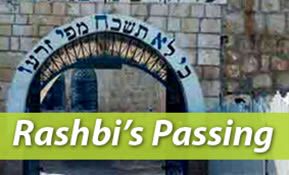


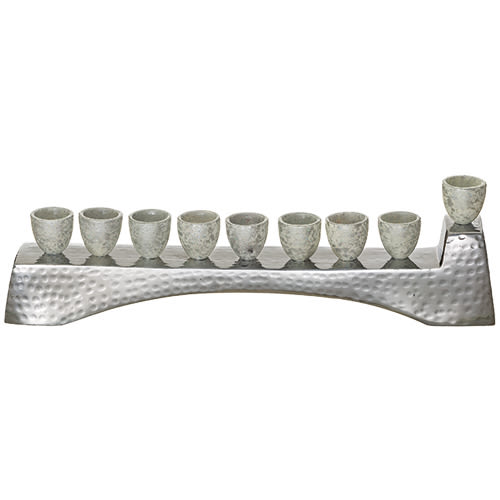
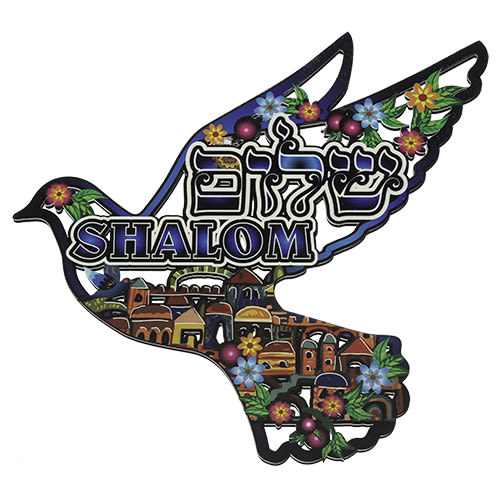

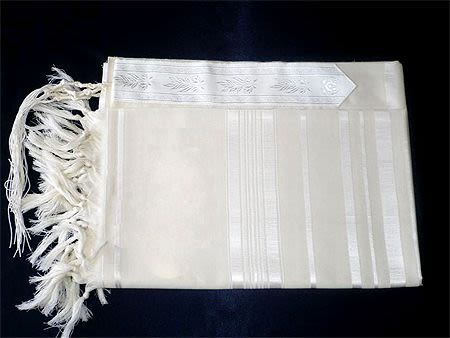
Tell us what you think!
Thank you for your comment!
It will be published after approval by the Editor.